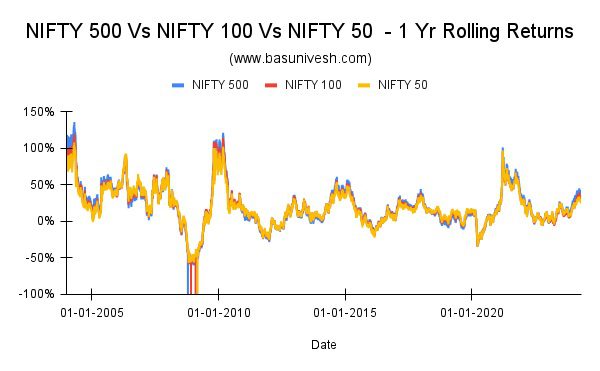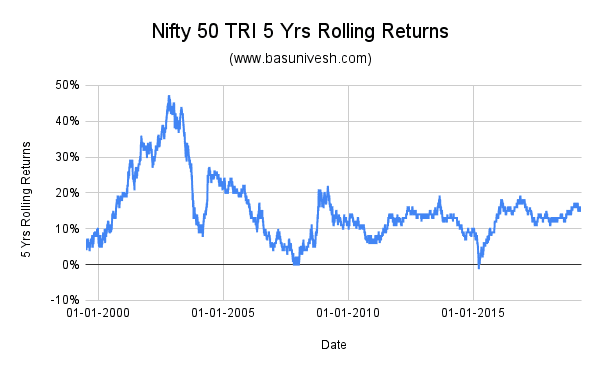This is the third article in a series of articles on simplifying debt mutual fund investors. Read the first part “Part 1 – Debt Mutual Funds Basics“ and the second part “Part 2 – Debt Mutual Funds Basics“.

In the second part, I have explained the basics of bonds. As all debt funds hold one form or another of bonds, it is imperative to know the basics of bonds. For simplicity, I have compared the bonds with FD as many of us are well-versed in the concept of fixed deposits.
In this post, again for simplicity purposes, let us forget that we are investing in bonds. Instead, for the time being, assume that we are investing in fixed deposits. As you all may be aware that you can’t buy and sell fixed deposits from the secondary market. If you want to invest, then you have to create a new FD, if you want to get back the money at maturity, then you have to approach the bank and if you need the money in the middle, then you have to approach the bank to break the FD.
Now, what if your FDs are tradable in the secondary market like stocks? Even though it creates flexibility for buyers and sellers, in reality, it poses a lot of risks.
First, you have to face interest rate risk. Let us now explain the same with an example.
Interest Rate Risk in Bonds
Assume that Mr.A is holding a 10-year bond that offers him 8% interest with a face value of Rs.100. Mr.B is holding a 10-year bond that offers him 6% interest with a face value of Rs.100. Assume that the Bank FD rate is at 7%.
Let us assume that for various reasons Mr.A and Mr.B are willing to sell their bonds in the secondary market.
As the Bank FD rate is currently at 7%, many will try to buy Mr.A’s bond than Mr.B’s bond. Even few may be ready to pay more than what Mr.A invested (assuming he invested Rs.100). Mainly because the bank is offering 7% and Mr.A’s bond is offering higher than this (8%).
Because of this, Mr.A may sell at a premium price than he actually invested. Say for Rs.106. Now, the buyer of the bond from Mr.A will think differently. As Rs.100 face valued bond is available at Rs.106, which offers 8% interest for the next 10 years, and at maturity, the buyer of the bond will get back Rs.100 back, then he starts to calculate the RETURN ON INVESTMENT. For the buyer, his investment is Rs.106, he will receive 8% interest on Rs.100 face value and after 10 years he will receive Rs.100 face value. His return on investment is 7.14%. This is obviously a little bit higher than the Bank FD rate. Hence, he may buy it immediately.
Suppose the same buyer wishes to buy Mr.B’s bond, then to make it attractive to the buyer, then Mr.B has to sell his bond at Rs.92 (with a loss of Rs.8). Rs.92 priced bond, 6% interest, face value of Rs.100 and tenure 10 years will fetch the same 7.14% returns for a buyer.
You noticed that the determining factor in both transactions is the Bank FD rate of 7%. Hence, the interest rate policy of RBI is the most important factor for the bond market. Bond prices change on a daily basis based on such interest rate movement.
This risk is applicable to all categories of bonds (including Central Government or State Government Bonds).
In simple, whenever there is an interest rate hike from RBI, the bond price will fall and vice versa. From the above example, indirectly you learned two concepts. One is interest rate risk and the second one is YTM (Yield To Maturity). YTM is nothing but the return on investment for a new buyer of the bond from the secondary market. In the above example, the buyer’s return on investment is nothing but a YTM. As the price of the bond changes on a daily basis, this YTM also changes on a daily basis.
That’s all for now. In the next post, I will write about YTM and how it can be calculated in a simple way.










2 Responses
Dear Basu Sir,
Happy Independence Day wishes to you and your family and entire Basunivesh team.
The series Debt mutual fund basics is coming out very well. I request you to kindly write in detail on how to calculate present value of bonds in your coming series. This calculation is little confusing, so I have requested
Thanking You Sir
regards
Dear Rajesh,
Wishing you the same 🙂
Defenitely I will include your suggestion in one of my topic. If I forget, then please remind me.